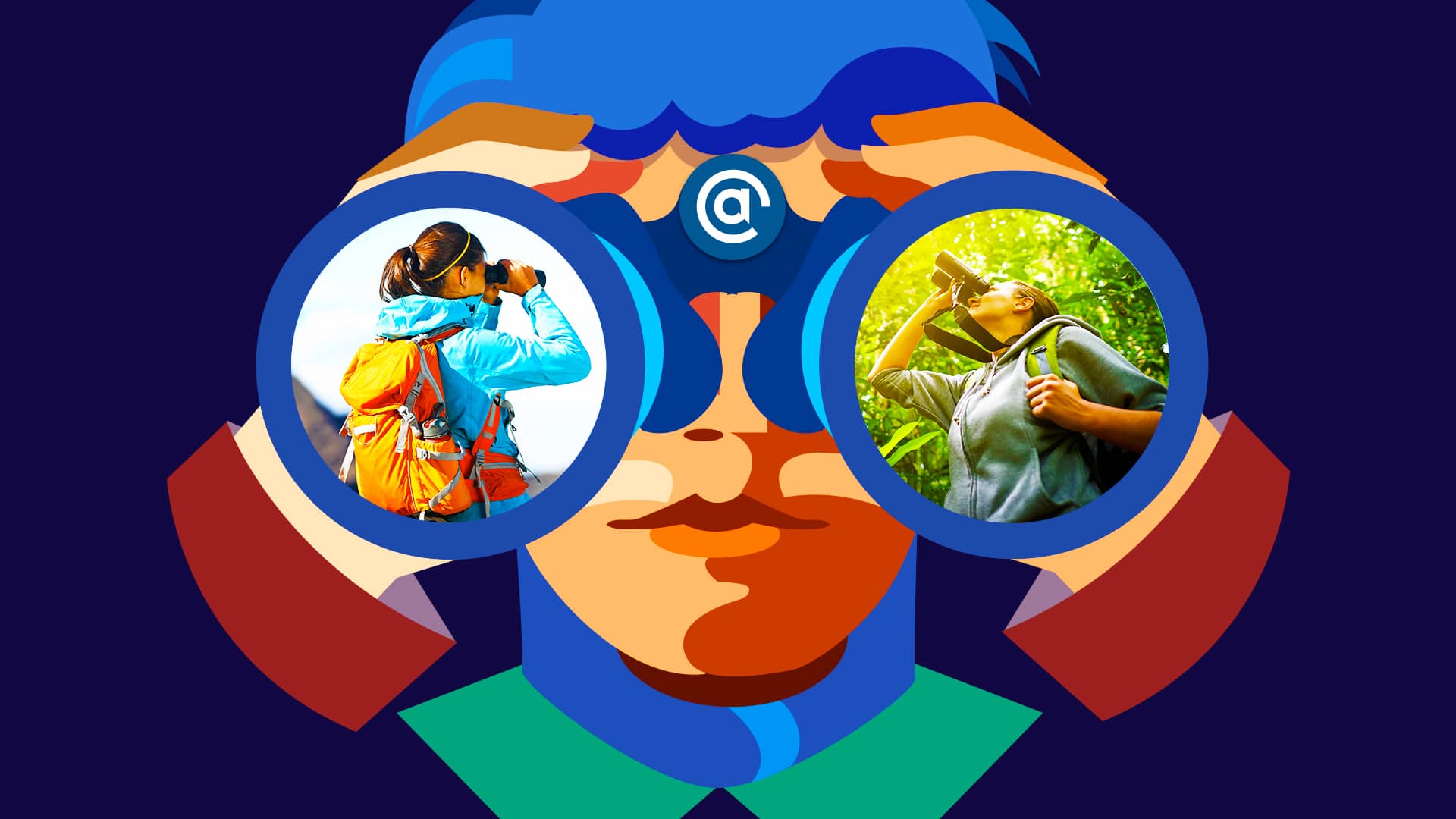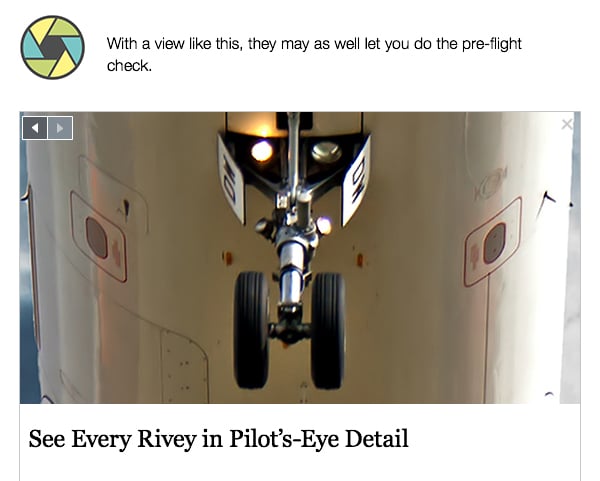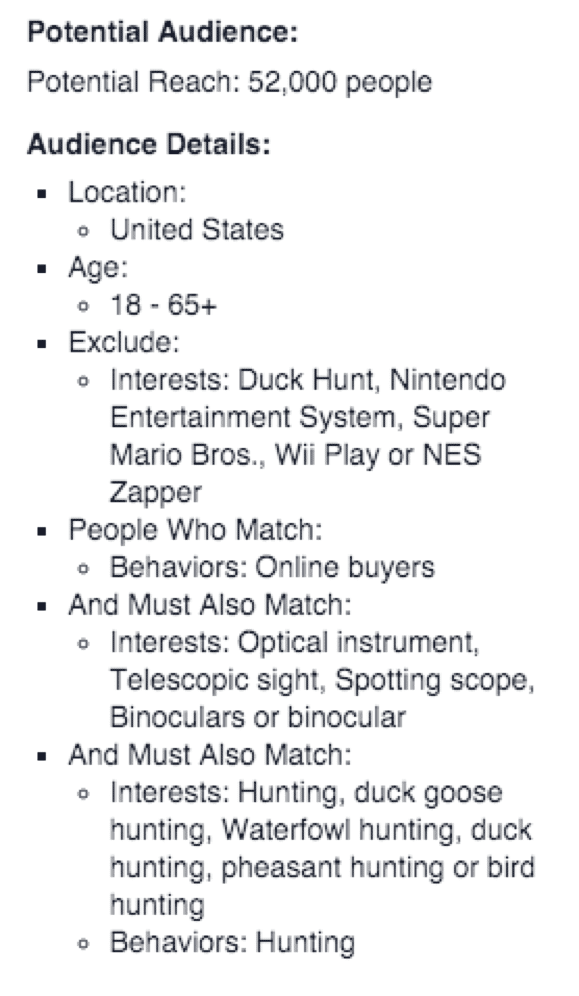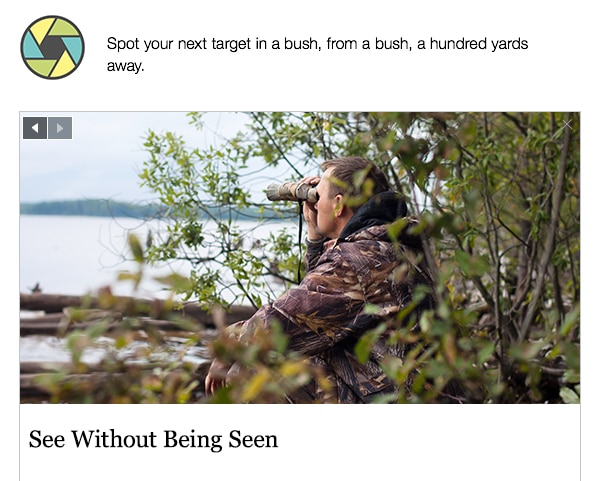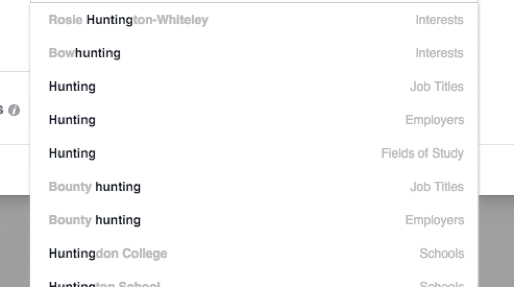Ah, the last mile. The end is in sight. There is so much work in your rear view mirror that if you stop now, no one would fault you. But then again you didn’t set out to run 25.2 miles or stop one mile from the finish line. You have to finish the last mile.
In this week’s Targeting Hot House we’re going to focus on the last mile of psychographic targeting: segmentation.
Think of psychographic targeting as the first 25.2 miles of your digital marketing marathon. You start out at a decent pace, learning your products. Somewhere around mile 8 you start to pick up their target markets and by about mile 14 you have a good handle on their business goals. Around mile 18 you even take an initial stab at building psychographic audiences. By mile 25.2 you feel tired (we’re tired just thinking about it), but you know you have a pretty solid plan under your belt.
Segmentation will get you the last mile; to that finish line surrounded by enthusiastic customers waving their credit cards in the air screaming, “Sell me your stuff! Sell me your stuff!” It will help make sure you hit every audience of a product ” from the obvious ones to the not-so-obvious ones that hold serious profit potential.
Let’s take a look at how this marketing marathon plays out and exactly how segmentation gets you noticed and wins you customers.
We’ll use the example of a company in the optical retail business. It sells contact lenses, sunglasses and protective eye wear, and it sells them all very well. But lately it has been trying to make inroads into the market for selling binoculars, and it isn’t having much luck. Jumping into Facebook Ads, we can start to see why:
In the psychographic targeting we can see that it isn’t very, well, psychographic. Basically just people interested in binoculars. Ask yourself: Who is interested in binoculars just to have binoculars? About 80,000 Facebook users, apparently, but this audience provides no meaning that we as marketers can use to sell them our products. There’s no emotion here. No insight into the reason behind the likes.
Enter segmentation. This is where we think about what people do with binoculars and unlock the emotions that lead people to BUY THINGS. Now we’re ready to run the last mile! We’ll segment our initial audience into three groups and show how pairing the segmentation with creative can take any product across the finish line.
Look, up in the sky! It’s a bird…
Unless you were born with built-in telescopic vision, you’re going to need binoculars if you are passionate about bird watching. That’s the first psychographic segment we’ll target. As we do this, it’s important to keep the main interest (binoculars) and the segmented interest (bird watching) together.
To do so, we’re going to be take advantage of a change to audience building that Facebook announced last fall and is rolling out to a wider audience. In the past, wanting to mix two different subjects in the Interests section would have been done under the OR operator. You would target people interested in binoculars OR bird watching. This would make your audience larger but not necessarily ensure you were hitting the right people. Thanks to what Facebook is calling Detailed Targeting, we can now join these two interests with the AND operator. Huge difference! After first building out our segment of binocular interests:
We can choose Narrow Further to develop a new AND segment to include all those birding enthusiasts. The result will look like this:
As you can see, we have now segmented our original audience into one interested in binoculars AND bird watching. Thanks to this segmentation, we can now hit them up with creative to get their attention and tap into the emotions that will lead to a conversion.
…It’s a plane!
Just as there’s a passionate culture of bird enthusiasts staring into the skies, there is an avid culture of self-described aviation geeks – an #avgeek, for short – obsessed with spotting airplanes. Because you can’t exactly get up close with a flying airplane, avgeeks are another hot psychographic segment for advanced optical equipment. By profiling their unique interests, we can segment our initial audience a second time:
Then match it with its own creative and give potential #avgeek customers a tease of just how close they’ll feel next time they’re at the airfield.
Still Hunting for ANOTHER Perfect Psychographic Audience?
Our last example for psychographic segmentation is a rather obvious one when it comes to optics and binoculars: hunters. We’ll use it to show off another fun feature of Detailed Targeting and share a word of caution that could trip you up if you’re not eagle-eyed.
Because one of the things people love to hunt are ducks, we’re going to run into a slight problem that anyone alive in the 1980s will fondly remember: Duck Hunt the video game. While you could certainly use binoculars to play the game on your original Nintendo, you’d look stupid and your friends would hate you. So noticed how we used the Exclude People option to keep Duck Hunt aficionados out of this audience. That’s our fun feature – audience exclusion.
Our word of caution is to be extra careful about what you click on now that Demographics, Interests and Behaviors are all in one menu. The screen shot below shows things that, at a quick glance, may be worth including in our targeting. But look at the right column. We’re not just dealing with interests. We’d be selecting employers, job titles and even possibly schools. Keep an eye on what bucket you’re pulling things from to avoid serving your ads to people outside your target audiences.
With segmented psychographic targeting, you uncovered ways to slice and dice a large audience into highly focused marketable groups of potential customers and used custom creative to tap into the right emotions that sparked their buying interest. Congratulations, you’ve completed the last mile!
Happy Targeting.
